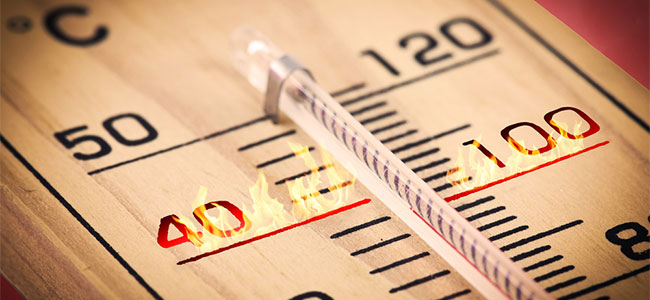
Companies have a crucial role to play as worker safety concerns flare up.
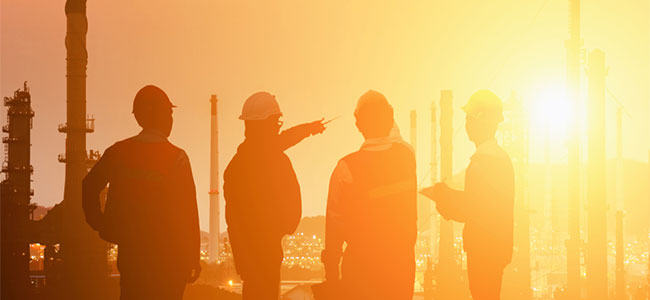
The new rules went into effect in the summer of 2023.

The program aims to spread awareness of the dangers of heat exposure in the workplace.
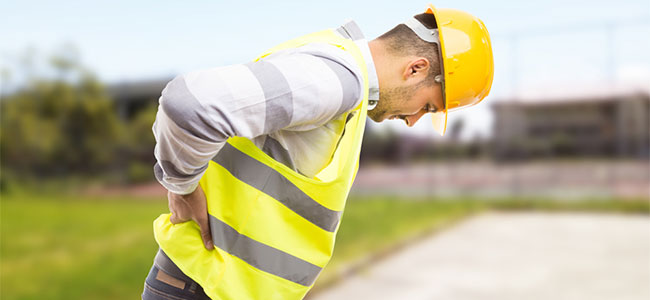
Musculoskeletal disorders might be severe, but employers in the construction industry can put precautions in place to minimize their impact on workers.
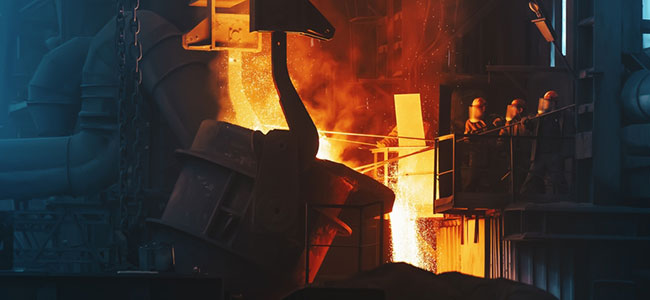
The incident caused the death of one employee and injured 15 others.
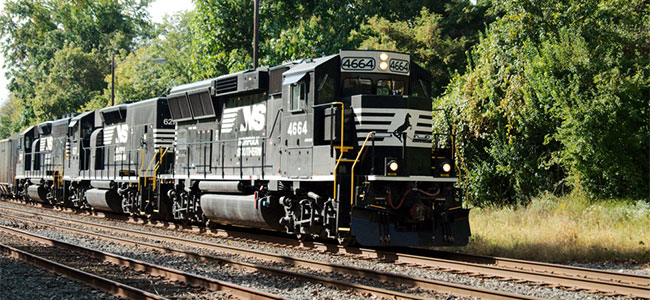
The settlement promises to improve work conditions for Norfolk Southern Corp. employees.

The decision is part of the company’s “Beat the Heat” campaign.

The absence of food reportedly has a profound impact on construction workers.
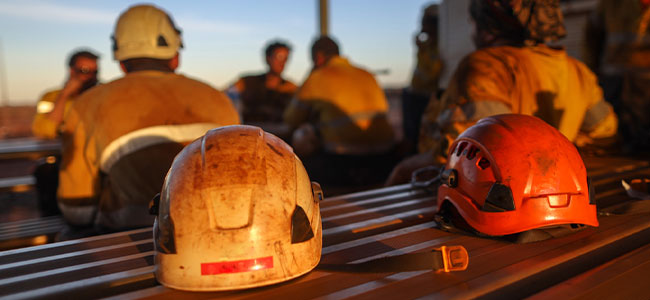
The changes would increase protection of miners from exposure to silica dust.

Dr. Dennis Terpin received the honor at the organization’s annual conference.